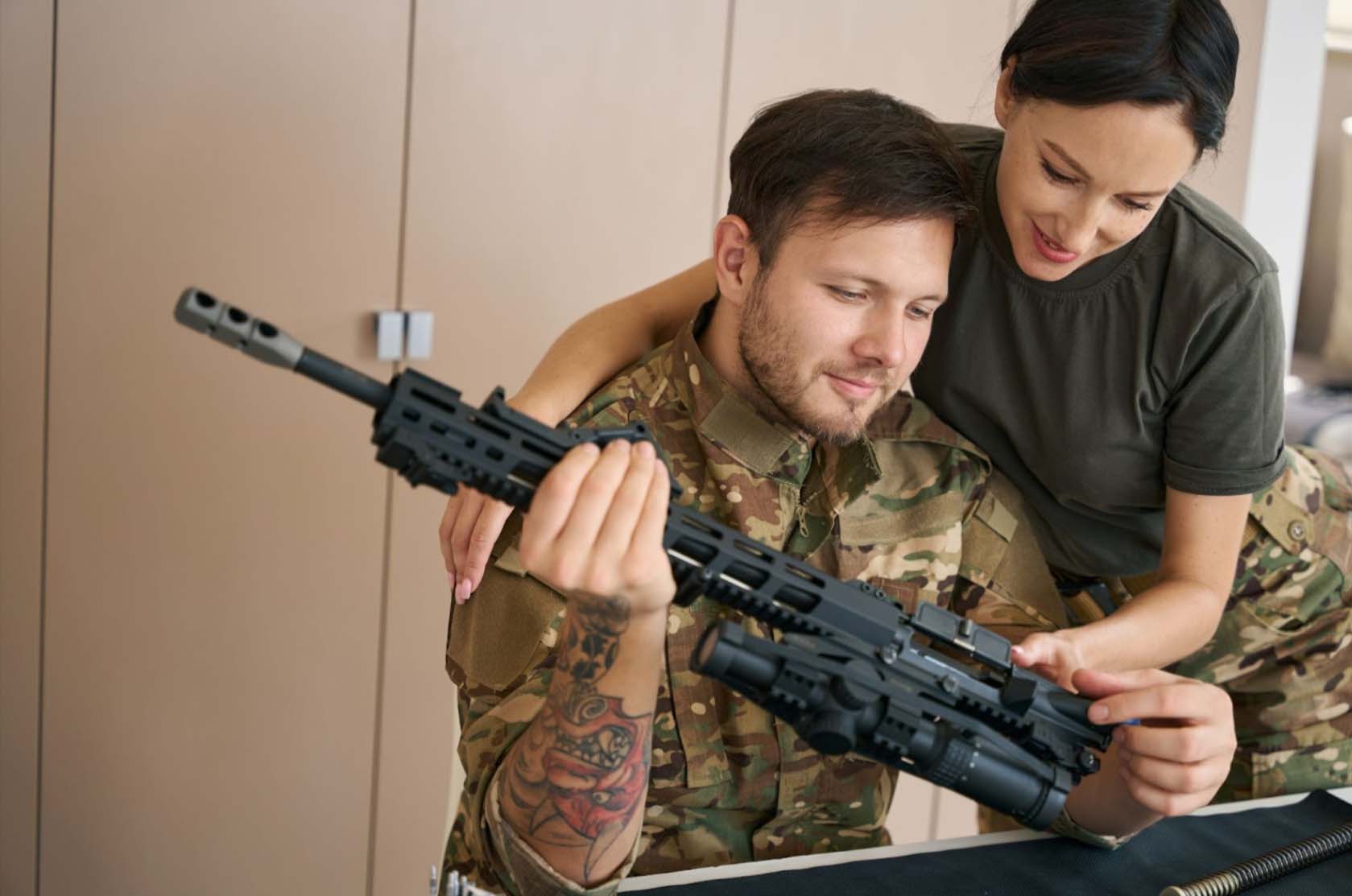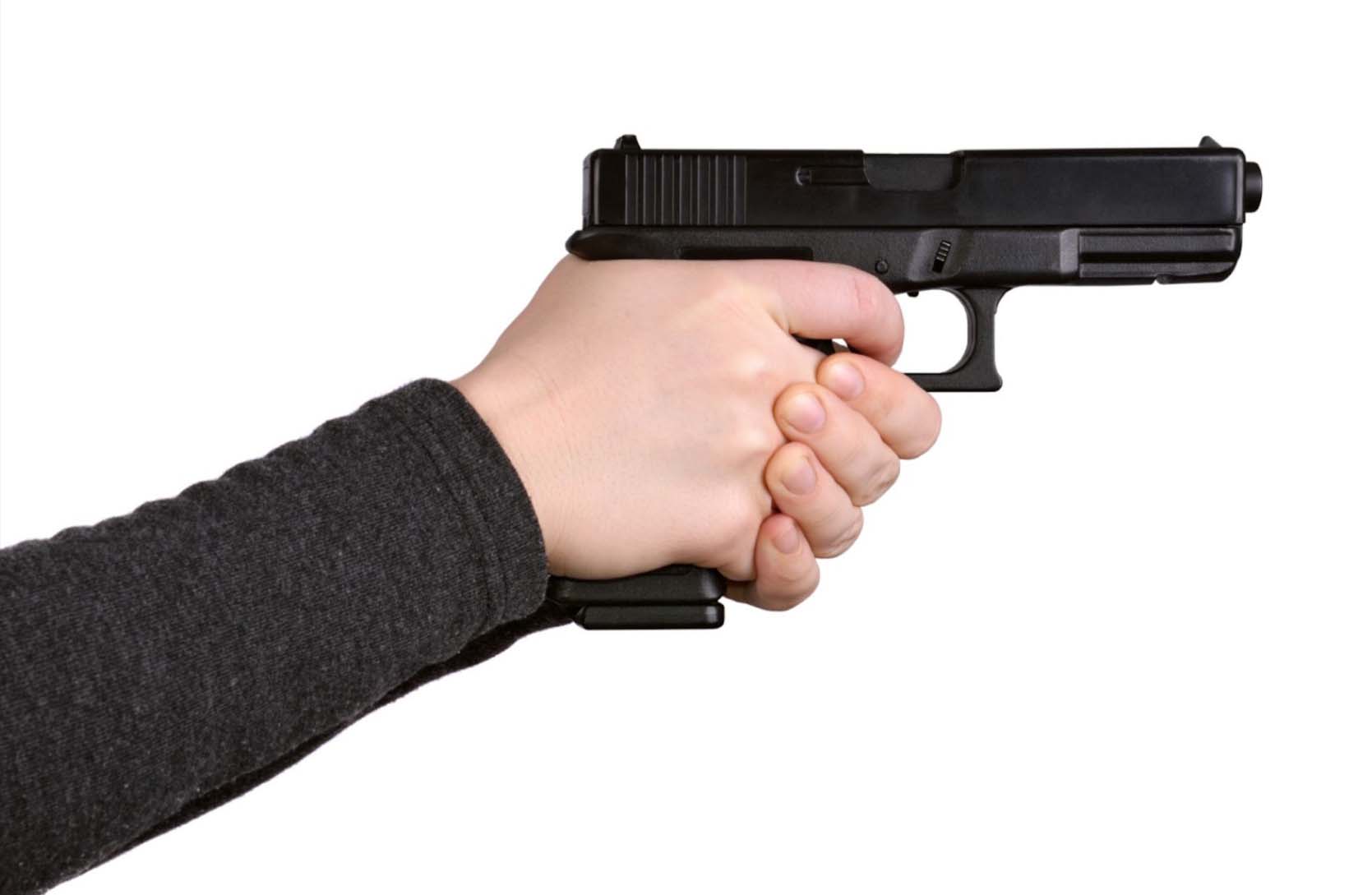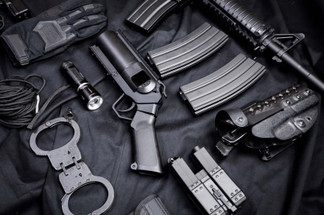Jun 17th 2024
Understanding the Mechanics of Using Different Types of Guns
Understanding the Mechanics of Using Different Types of Guns
Understanding the diverse world of firearms is crucial for enthusiasts and professionals. With their intricate mechanics and a vast array of types, firearms present a fascinating study of engineering and design. Each gun type offers unique features and operational mechanics, from revolvers' robust simplicity to semi-automatic rifles' sophisticated operation. This exploration satisfies curiosity and ensures safe and effective handling across all levels of expertise.
Basics of Gun Mechanics
At the heart of firearm operation are key components: the barrel, which guides the bullet; the action, responsible for loading, firing, and ejecting ammunition; the trigger mechanism, which initiates firing; and safety features that prevent accidental discharge. Ammunition design also plays a crucial role in the efficiency and reliability of firing, and understanding these basics is essential for exploring the more complex mechanics of specific gun types.
Exploring Gun Types and Their Mechanics
Venturing into the diverse world of firearms, understanding the mechanics behind different gun types is essential for grasping their unique functionalities and applications. Each category introduces a set of mechanics designed for specific uses, from handguns' personal defense capabilities to rifles' precision and the versatility of shotguns. This foundation paves the way for a deeper examination of how each gun type operates, shedding light on their characteristics and roles in shooting disciplines.
Handgun Mechanics
Let's delve into the detailed mechanics behind handgun types, highlighting how the simple yet reliable revolver and the efficient semi-automatic pistol operate. Each offers unique benefits for personal defense and tactical applications.
Revolver
With its iconic rotating cylinder, the revolver operates through a simple yet reliable mechanism. Each trigger pull advances the cylinder, aligning a new chamber with the barrel, ready for firing. This manual operation distinguishes revolvers with their straightforward maintenance and reliability, though it limits their capacity compared to other handgun types.
Semi-Automatic Pistol
In contrast, semi-automatic pistols automate the cycling process. Upon firing, the action uses the energy from the recoil to eject the spent cartridge, chamber a new round from the magazine, and reset the hammer or striker for the next shot. This mechanism allows quicker firing sequences and larger ammunition capacity, making semi-automatic pistols popular for personal defense and law enforcement.
Safety considerations for handling handguns emphasize the importance of familiarization with the specific mechanics of each type. Proper grip, stance, and awareness of the firearm's status (loaded, safety engaged, etc.) are crucial for safe operation.
Rifle Mechanics
The exploration of rifle mechanics contrasts the precision of bolt-action rifles with the efficiency of semi-automatic variants, catering to hunting, competitive shooting, and professional needs.
Bolt-Action Rifle
Known for their accuracy and reliability, bolt-action rifles feature a manual mechanism that requires the shooter to manually operate the bolt to chamber a round and eject the spent cartridge. This process, slower than semi-automatic firing, allows for precise control over each shot, making bolt-action rifles favored for hunting and sharpshooting.
Semi-Automatic Rifle
Leveraging gas-operated or recoil-operated systems, semi-automatic rifles automatically chamber the next round after each shot, significantly increasing firing speed. The complexity of these mechanisms necessitates regular maintenance to ensure reliability and performance, especially in environments where rapid response is critical.
Maintenance is pivotal for the longevity and proper functioning of rifles. Regular cleaning, lubrication, and inspection can prevent malfunctions and wear, ensuring that these firearms perform optimally when needed.

Shotgun Mechanics
An examination of shotgun mechanics showcases the reliability of pump-action and the rapid capability of semi-automatic shotguns, emphasizing their versatility for sports, hunting, and tactical scenarios.
Pump-Action Shotgun
The pump-action shotgun is renowned for its reliability and versatility. The user manually cycles the action by sliding the pump handle (forend) backward and forward. This action ejects the spent shell and chambers a new round from the magazine. This manual operation allows for a controlled rate of fire and the ability to use various ammunition types, making it a preferred choice for hunting and home defense.
Semi-Automatic Shotgun
Semi-automatic shotguns automate the cycling process, using the energy from the fired shell to eject the spent casing and load a new round into the chamber. That allows for faster firing rates compared to pump-action models. Due to their increased firing speed and ease of use, semi-automatic shotguns are popular in competitive shooting and used in law enforcement.
Unique safety considerations for shotguns include checking the chamber and magazine for remaining rounds and being mindful of the gun's larger spread pattern when firing.
Advanced Gun Types and Their Mechanics
An insight into the mechanics of advanced gun types, including automatic and specialized weapons, highlights the forefront of firearm technology and its implications for military, law enforcement, and niche applications.
Automatic Firearms
Automatic firearms, capable of firing multiple rounds with a single trigger pull, use mechanisms that automatically reload and fire as long as the trigger remains depressed and ammunition is available. Due to their design and firepower, automatic firearms are heavily regulated and are primarily used by military and law enforcement.
Specialized Firearms
Bullpup rifles, which feature a magazine behind the trigger group, offer compact designs without sacrificing barrel length. Derringers, known for their small size, operate with a simple mechanism for firing one or two shots. These specialized firearms serve niche roles, offering unique advantages in compactness and concealability.
Maintenance and Safety Across Different Gun Types
The functionality and safety of firearms are directly linked to regular maintenance, which includes cleaning to remove residue, lubrication for smooth operation, and routine inspections to identify wear. Standard practices involve cleaning the barrel and action, checking and replacing worn components, and ensuring magazines are undamaged. Safety is paramount, involving treating all guns as loaded, pointing the muzzle safely, and keeping fingers off the trigger until ready to fire. Understanding the mechanics of each gun type enhances safe handling and responsible ownership.
Understanding the Mechanics for Better Use and Safety
A comprehensive understanding of the mechanics of different gun types enriches the shooting experience and is essential for safe and effective firearm use. Each gun type offers unique features and operational procedures, from revolvers' simple yet reliable mechanics to the complexity of semi-automatic and automatic firearms. Familiarity with these mechanisms, regular maintenance, and a commitment to safety empower users to handle firearms responsibly, whether for sport, defense, or professional use.

The evolution of firearms has been a journey of innovation, from the rudimentary hand cannons of the 14th century to the precision-engineered firearms of today. This historical perspective sheds light on how the mechanics of gun types have been shaped by necessity, technology, and the pursuit of accuracy and reliability.
From Matchlocks to Flintlocks
The transition from matchlock mechanisms, which required a burning wick to ignite the powder, to the more reliable flintlock mechanisms in the 16th and 17th centuries marked significant advancements in firearm technology. Flintlocks used a piece of flint to strike steel, creating sparks that ignited the powder, offering a quicker and more reliable way to fire.
The Revolution of Cartridge Ammunition
The introduction of cartridge ammunition in the 19th century revolutionized firearm mechanics. It combined the bullet, powder, and primer into a single unit, drastically improving reliability, ease of use, and reloading speed.
Semi-Automatic Evolution
The development of semi-automatic firearms in the late 19th and early 20th centuries represented a significant leap in gun mechanics. These firearms use the energy from each shot to eject the spent cartridge and load a new one, significantly increasing firing rates.
Technological Advancements in Firearm Mechanics
In recent years, technological advancements have continued to refine the mechanics of gun types, enhancing performance, safety, and user experience.
Precision Engineering and Materials
Advanced materials and precision manufacturing techniques have produced lighter, stronger, and more durable firearms. Examples include polymers in handgun frames and carbon fiber in rifle barrels.
Smart Gun Technology
Smart guns with safety features such as fingerprint recognition and electronic locking systems aim to prevent unauthorized use. These technologies offer the potential to reduce accidents and improve firearm security.
Enhanced Optics and Sighting Systems
Integrating advanced optics and electronic sighting systems has transformed firearm accuracy. Red dot sights, holographic sights, and laser aiming devices help shooters achieve greater accuracy, even in challenging conditions.
The Future of Firearm Technology
Looking ahead, the future of firearm technology promises further innovations that will continue to evolve the mechanics of gun types.
Augmented Reality (AR) in Training
AR technology has the potential to revolutionize firearm training, offering realistic simulations that can enhance shooting skills and safety awareness without live ammunition.
Further Advancements in Smart Gun Technology
As innovative gun technology matures, we may see wider adoption, with features that could include GPS tracking for stolen firearms and user customization for performance settings.
3D Printing and Gun Manufacturing
The rise of 3D printing technology presents possibilities and challenges in firearm manufacturing. While it offers the potential for custom firearm production, it also raises questions about regulation and safety.
The Role of Education in Firearm Mechanics
As firearm technology advances, education in firearm mechanics becomes ever more critical. Understanding the principles behind firearm operation, the impact of technological advancements, and the implications for safety and regulation is essential for responsible ownership and use.
Comprehensive Training Programs
Beyond basic handling and safety, training programs should evolve to include modules on the mechanics of modern firearm technologies and the ethical considerations of their use.
Public Awareness and Safety Campaigns
As new technologies are introduced, public awareness campaigns can play a crucial role in promoting safe handling practices and understanding the capabilities and limitations of different gun types.
Bridging Knowledge and Practice
The journey through the mechanics of various gun types, from historical developments to the cutting edge of technology, highlights the dynamic nature of firearm design and use. As we look to the future, the fusion of innovation, safety, and education will be paramount in shaping the next chapter of firearm mechanics. Whether for sport, defense, or professional use, a deep understanding of these mechanics and a commitment to safety and responsible ownership will ensure that firearms continue to serve their intended purposes while minimizing risks to users and society.
Visit our Gunline Shooting blog to discover advanced training, essential tips, and the latest in firearm mechanics.

